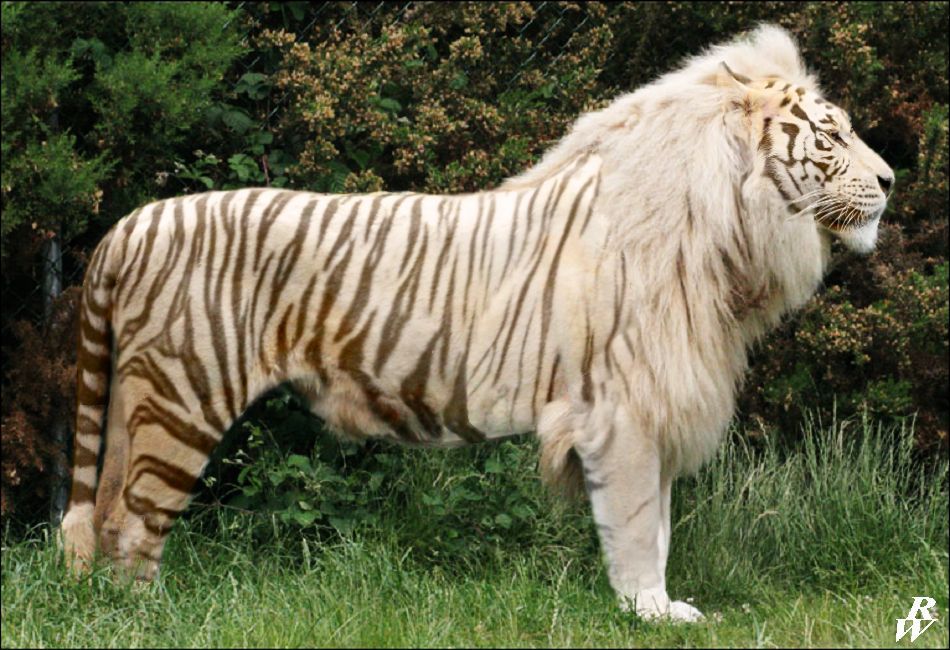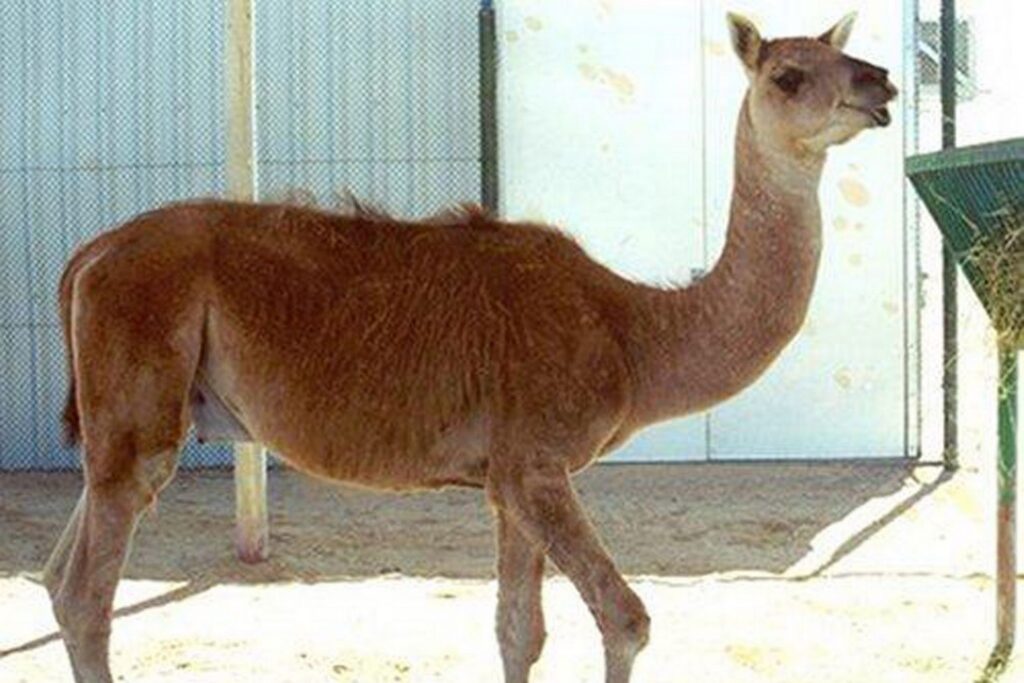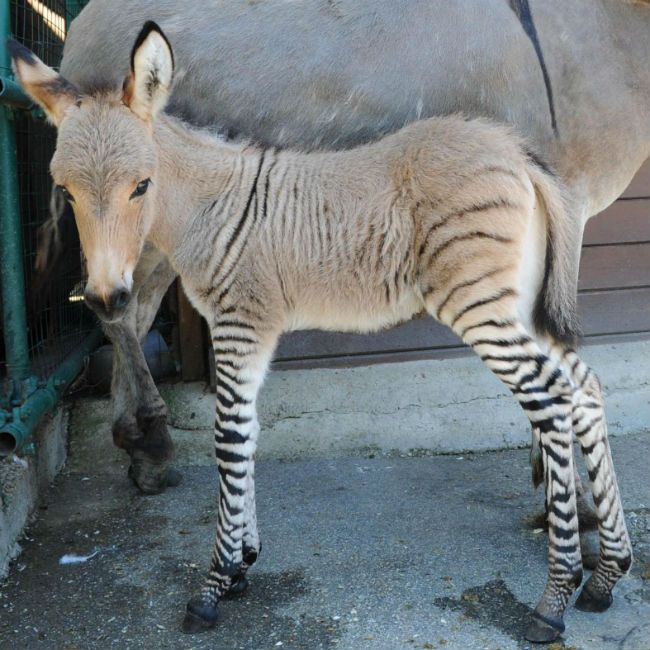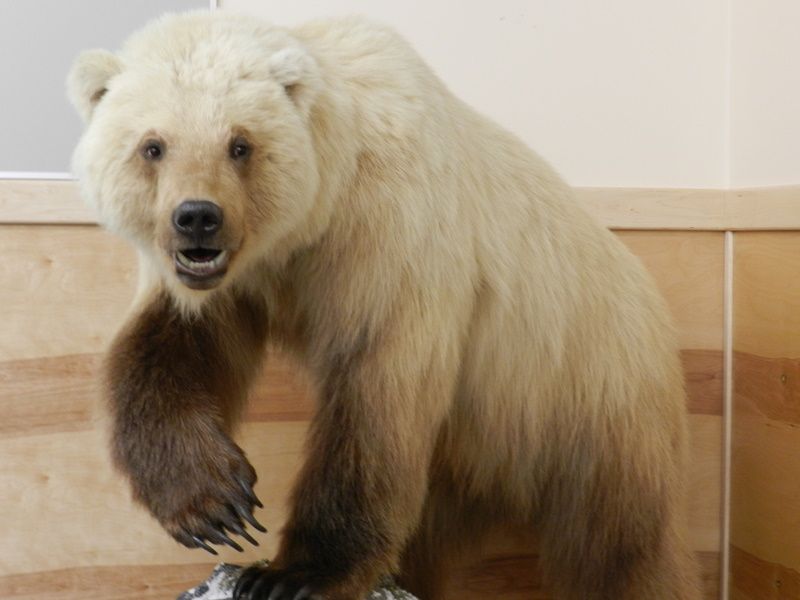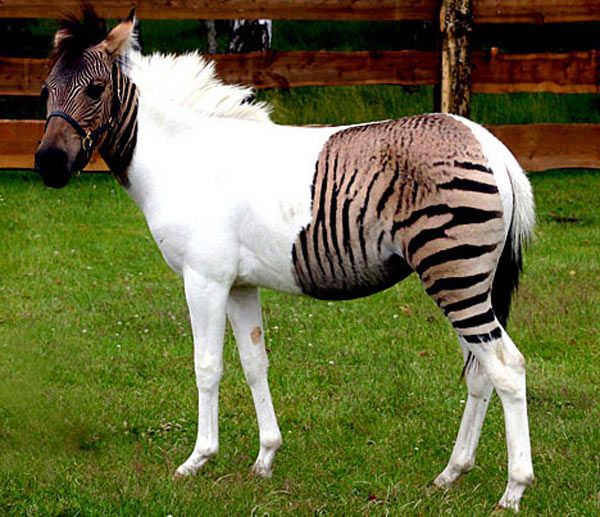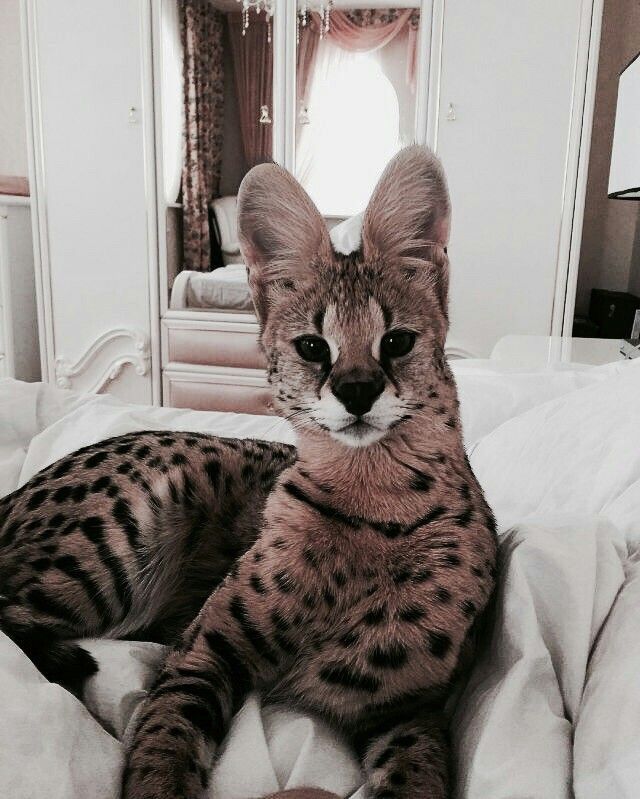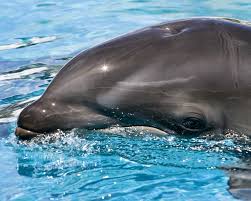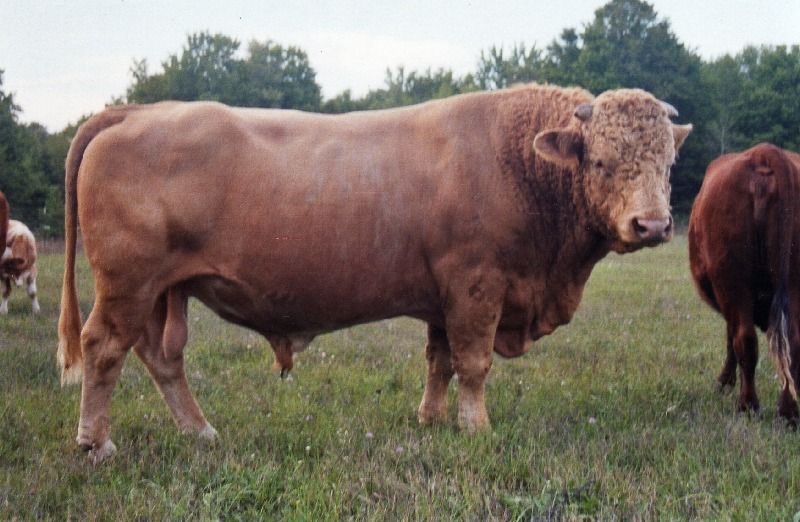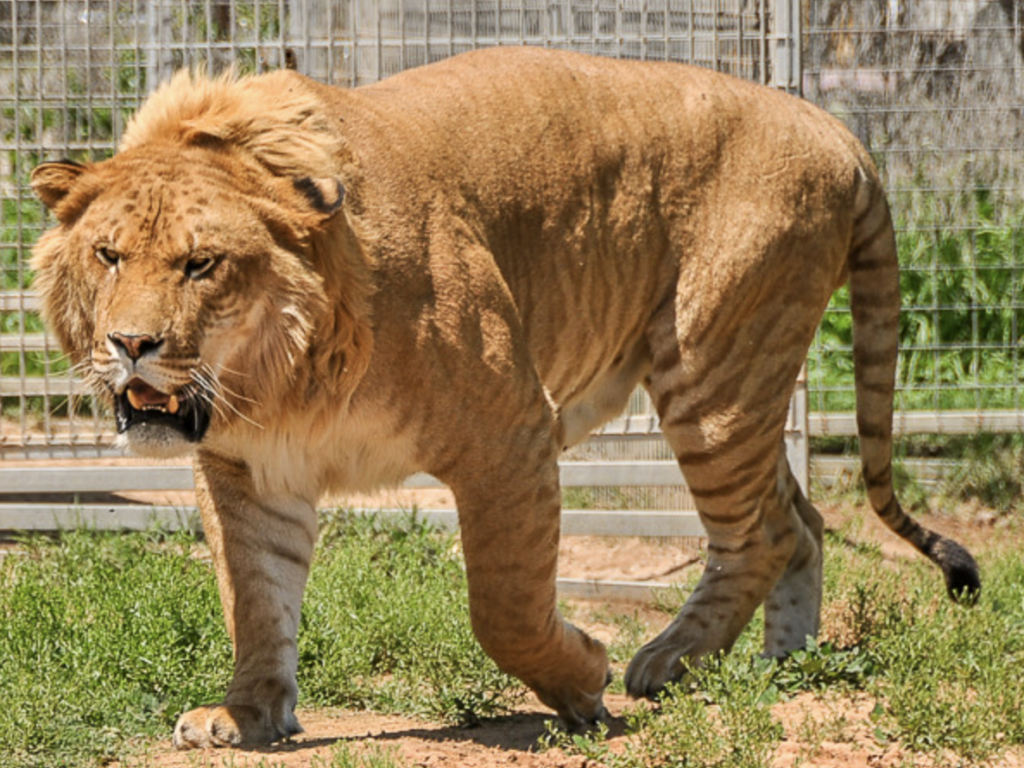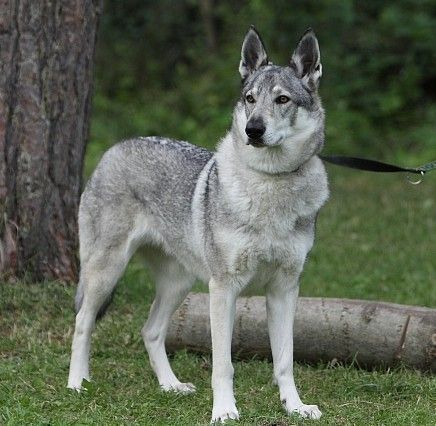Strangest Animal Hybrids You Won’t Believe Exist
If you’re a die-hard animal lover, you must already be aware of pet hybrids, which the breeders develop by crossing two different animal breeds to obtain an animal with the desired characteristics. The same holds for animals other than pet dogs and cats.
Why do we do such crosses in the first place? It’s because the scientists try hard to get as close as possible to the genetic makeup of animals, and cross-breeding is one way to do so. Besides that, we can also agree on the fact that it’s simply out of curiosity, if not science!
Let’s get started with the animal hybrids that are mind-blowing, shall we?
Liger
A liger is a crossbred animal that breeders have managed to obtain by making a cross between a male lion and a female tiger. These natural misfits, we call Ligers, are capable of attaining huge body sizes, not possible for either of the parent breeds to attain.
Ligers being the outcome of a cross between two different species retain certain shortcomings in their genes. Although they’re able to grow a lot in body size, their vital organs such as the heart remain small which results in its overburdening, and thus Ligers suffer from heart failure.
Cama
A Cama is a fascinating genetic hybrid that the breeders obtain by making a cross between a one-humped camel and llama. The purpose of the development of this hybrid animal was to obtain an animal that is capable of developing more wool in comparison to an ordinary llama. The artificial insemination technique was used to obtain a Cama at the Camel Reproduction Centre in Dubai.
Like camels, Cama is herbivorous as well. It can also drink and store large amounts of water, thus making it capable of survival in water-scarce regions.
Zonkey
The name “Zonkey” itself may sound funny and unrealistic, but a Zonkey is a Zonkey! They’re very rare because it’s not very often that a Zebra fantasizes about mating with a donkey.
Other than Zonkeys, many other Zebroids have been obtained. It’s because the genetic makeup between the two parent breeds is similar. Unfortunately, this fascinating outcome is infertile, and Zonkeys very often suffer from dwarfism. Zonkeys cannot be called as true species because of their odd chromosome number responsible for infertility.
Grolar Bear
As you might have guessed from the image, if we cross a grizzly with a polar bear, we get a Grolar Bear. Often referred to as Pizzly, Grolar Bears are obtained artificially and rarely found in nature as well.
Although grizzlies and polar bears harbor separate niches, the melting of ice caps in the Polar Regions is causing the polar bears to come down from their habitats, resulting in random encounters with the grizzlies. And that’s what results in the natural birth of Grolar Bears.
Zorse
A zorse is another fascinating Zebroid, this time developed from a cross between a zebra and horse. Unlike donkeys, horses are not genetically similar to zebras. That’s why birth defects such as dwarfism in Zorses are very common.
In the case of spotted Zorses, the body stripes are located only in certain areas of the body and not all over the body. The peculiar pigmentation of Zebroids is what makes these interesting creatures special to scientists.
Savannah Cat
An African wild cat, a serval, when crossed with a domestic cat yields Savannah cat. Their exotic and docile nature makes them very famous among animal lovers. Another good thing to know that no health risks have been reported from artificially produced cat hybrids such as Savannah cat.
You can even keep the Savannah cat as a pet if you like. With proper training and love, you can turn them into adorable feline buddies. They’ll be loyal and affectionate to you, once familiarized.
Wholphin
The only Wholphin known to exist ever is named Kekaimalu, a hybrid of false killer whales and dolphins. She is the mother of Kawili Kai, a hybrid of Wholphin and Dolphin. These marine creatures are very special, and here’s why.
Kekaimalu, although not a hybrid, is still a special creature. That’s because the false killer whale is a large-sized variety of Dolphin itself. What makes this Wholphin special is that she’s the only known living Wholphin that we know of.
Beefalo
An accidental crossbreeding of cattle and Bison in the 18th century gave rise to Beefalo. After that, intentional crossbreeding of these two was done. Some Beefalos managed to get out of captivity, that’s why we can find wild herds of their counterparts roaming near the Grand Canyon.
They’re infamous for creating troubles anywhere they go. Even the conservationists are tired of capturing them as they drink excessive quantities of water, and are no longer sure whether to capture them or not.
Tigon
Unlike a Liger, a male lion and tigress crossbreed, Tigon is quite the opposite. It’s a nerve-wracking fact to know that Ligers and Tigons don’t look similar at all. Despite having the same parent breeds, their phenotypic features are mind-blowing.
Tigons, unlike Ligers, don’t grow too large. That’s why the Tigons don’t suffer from heart failures. We can say that Tigons make healthier hybrids as compared to Ligers. Their heads develop markings of tigers but their whole body retains the coat length and color of lions.
Wolfdog
In lieu of creating pet dogs that resemble wolves either in facial features, physical strength, or temperament, wolfdogs were created. By crossing pet dog breeds like Labradors, Huskies, etc. with wolf breeds, we get wolfdogs.
Some hybrid wolfdog breeds manage to retain the remarkable facial features of wolves while staying docile and non-lethal, thus making an excellent pet. While some breeds retain the temperament of wolves making them dangerous, are discarded as legal pets. Although, they may still be settlers in the far-flung areas.

